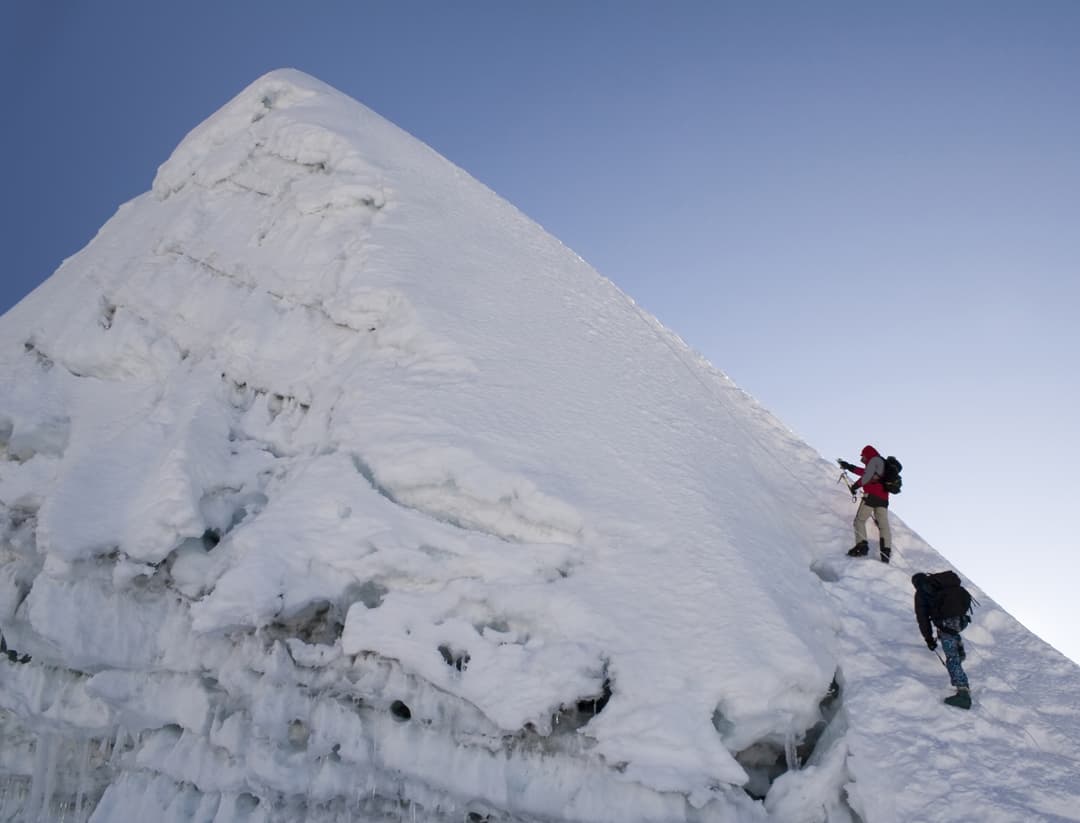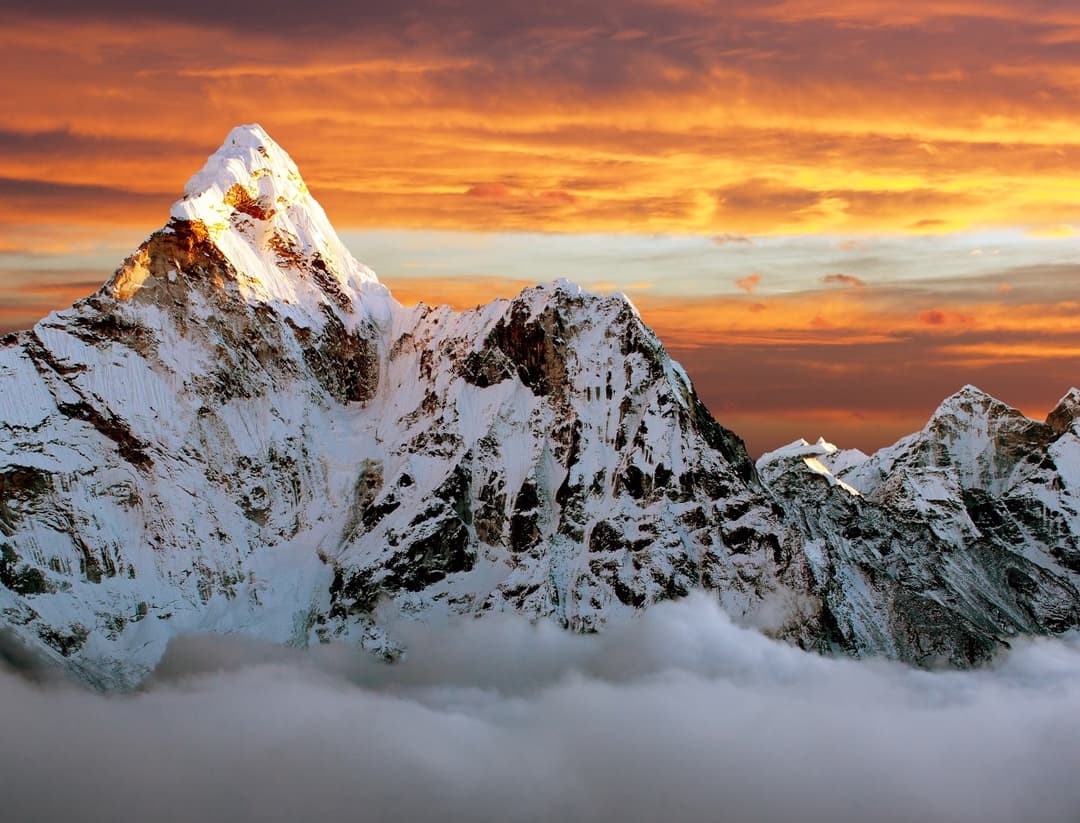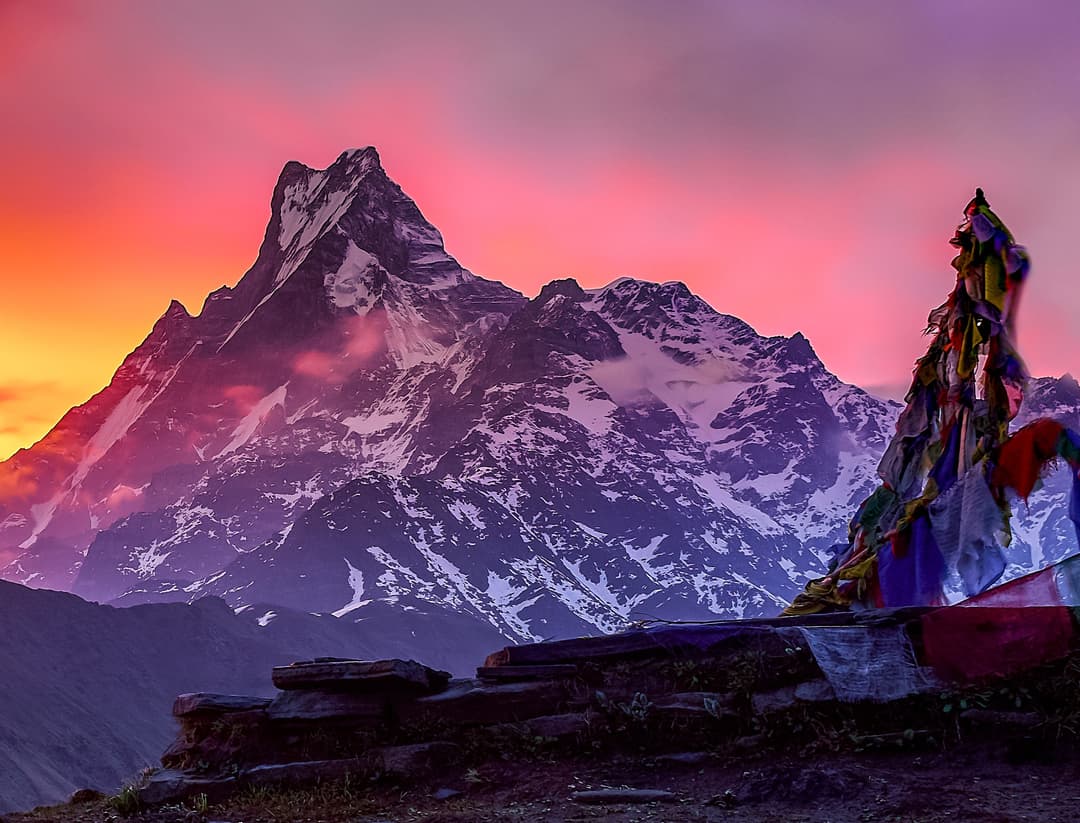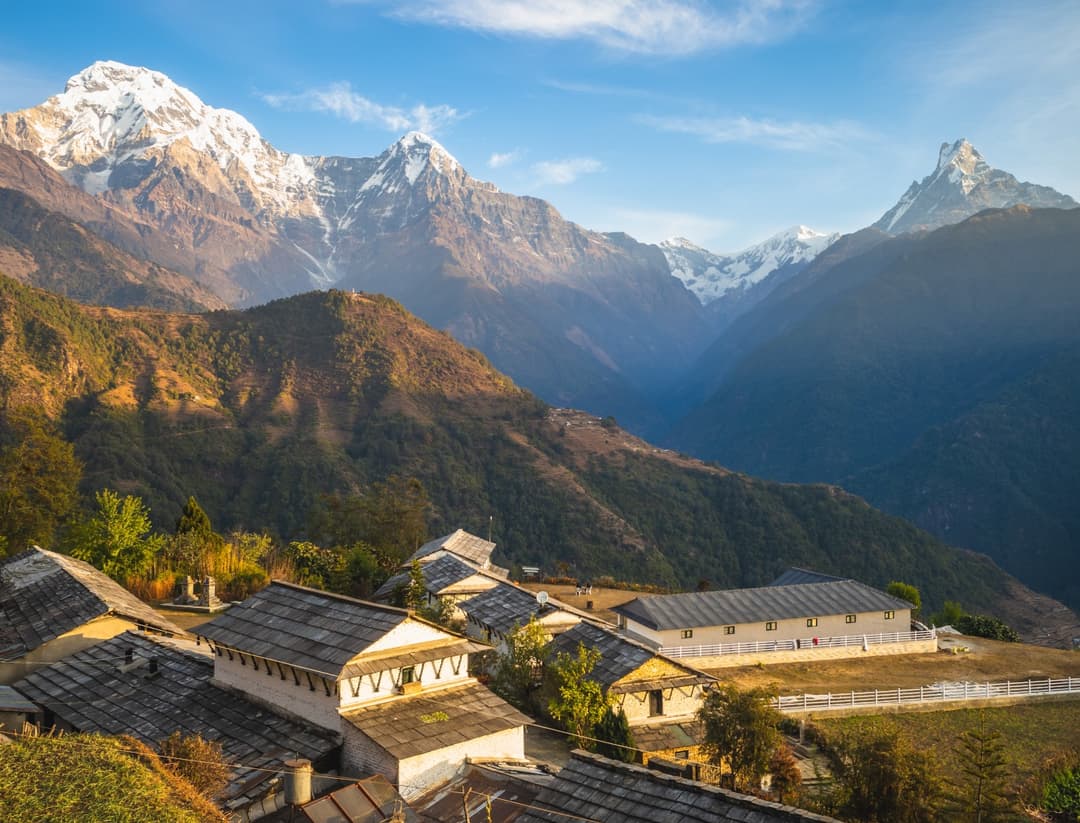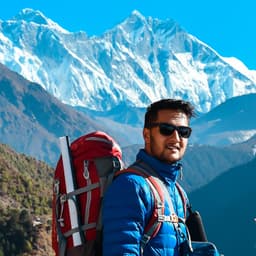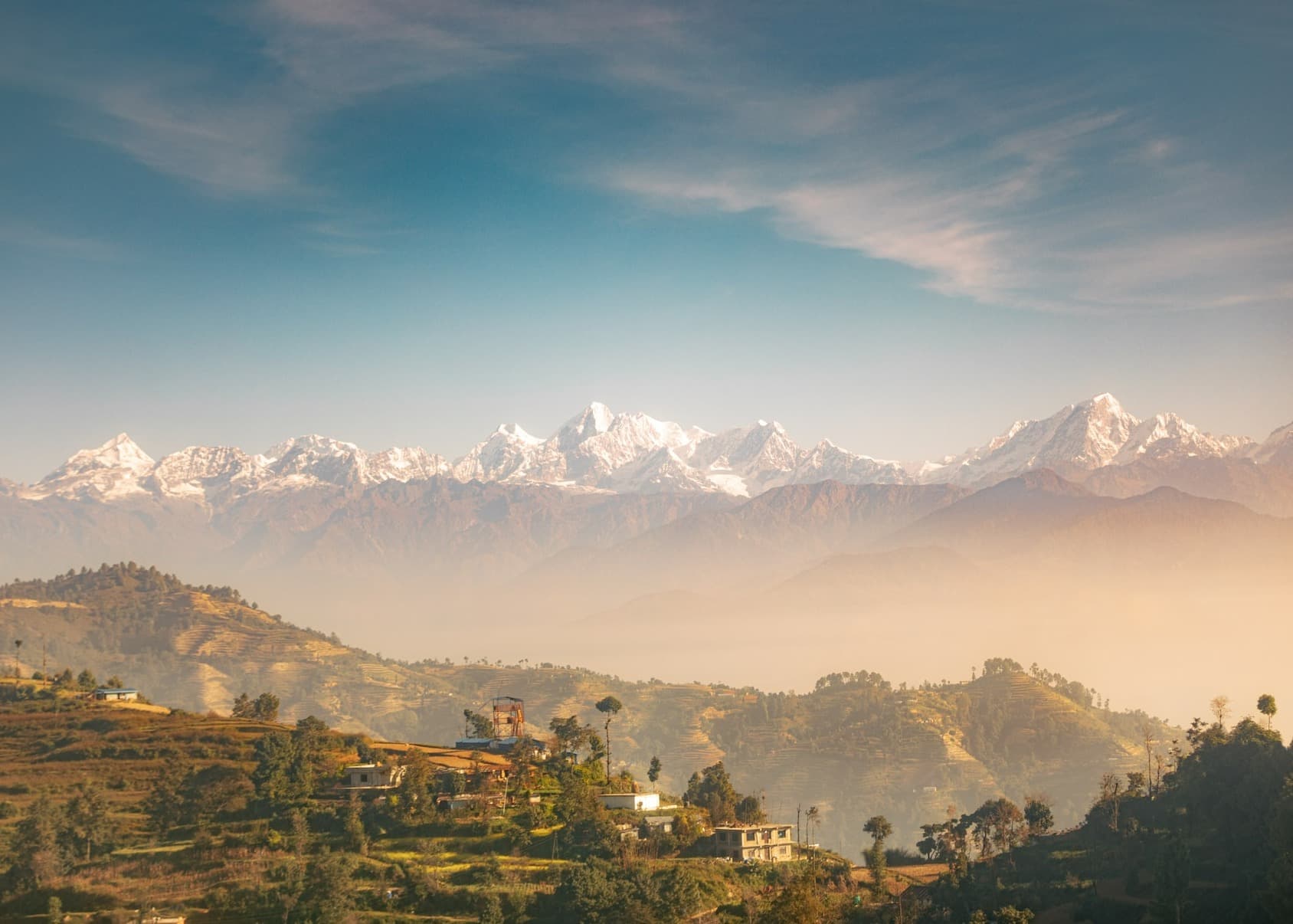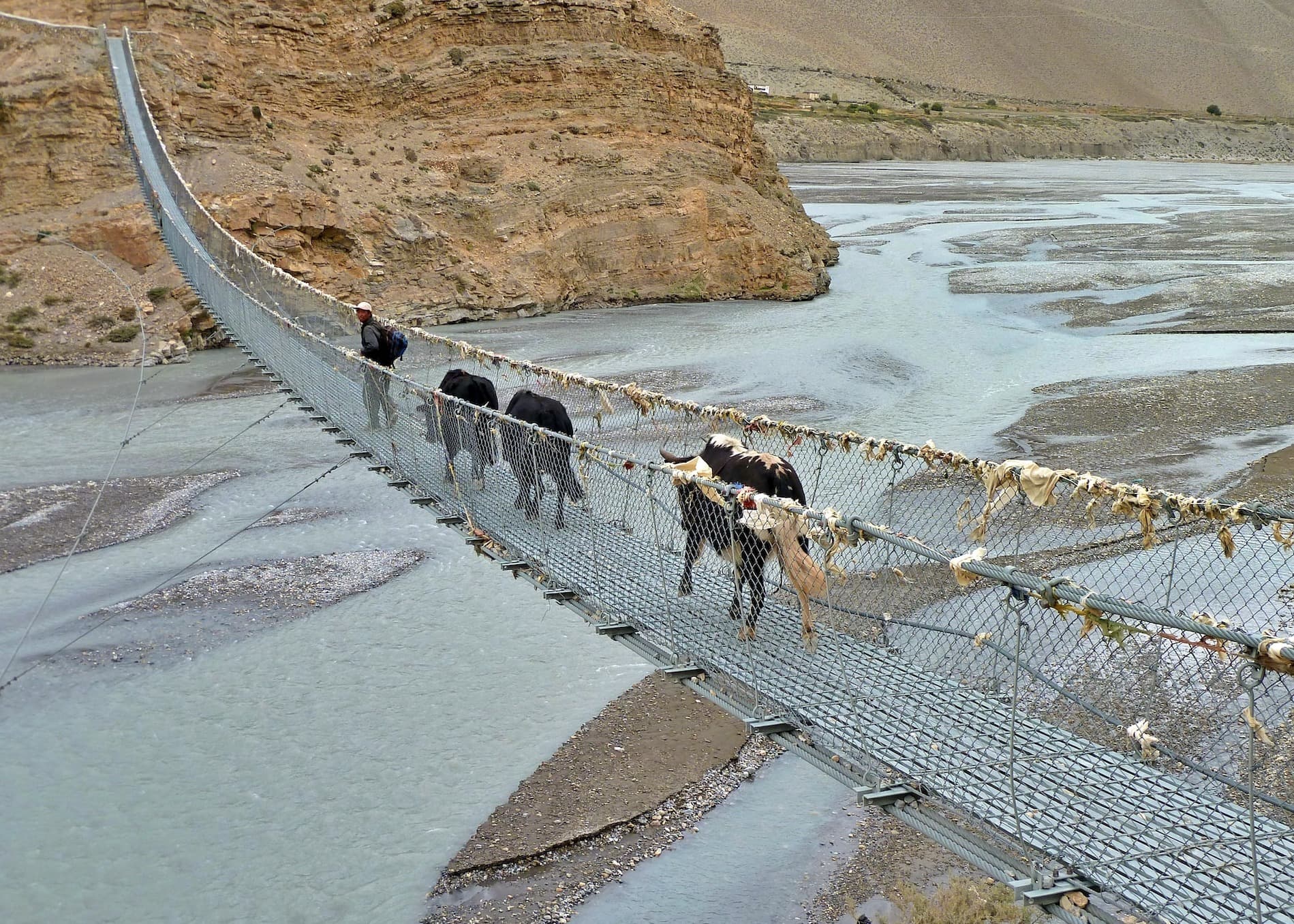Welcome to our comprehensive travel guide to the enchanting Nar Phu Valley. Nestled in the breathtaking Annapurna region of Nepal, this hidden gem offers a remarkable journey for adventurous souls seeking a unique and off-the-beaten-path experience. In this guide, we will delve into the wonders of Nar Phu Valley, providing you with all the information you need to plan an unforgettable trip.
Route Overview: Day to Day Itinerary of Nar Phu Valley
Starting from the bustling city of Kathmandu, you'll embark on a journey that leads you through diverse landscapes and remote villages. As you trek through lush forests and ascend rugged mountain trails, you'll be captivated by the stunning beauty of the Narphu Valley.
The trek offers a unique cultural experience as you encounter the warm hospitality of the locals and witness the fusion of Nepali and Tibetan traditions. The villages of Phu Gaon and Nar, nestled high in the mountains, provide a glimpse into the ancient ways of life in this region. Explore ancient monasteries, interact with friendly villagers, and immerse yourself in their rich cultural heritage.
One of the highlights of the trek is crossing Kang La Pass, a challenging but rewarding endeavor that offers panoramic views of snow-capped peaks and dramatic landscapes. Standing at an elevation of 5,320 meters, the pass is a testament to the resilience and determination of trekkers.
After days of exploration and adventure, the journey concludes as you make your way back to Kathmandu. Reflect on the memories of breathtaking vistas, the camaraderie forged with fellow trekkers, and the personal growth you've experienced along the way.
- Day01: Arrival at Kathmandu (1,320m/4,330ft)
- Day02: Kathmandu Valley Sightseeing and Trek Preparation
- Day03: Drive from Kathmandu to Besisahar (760m/2,493ft)
- Day04: Trek from Besisahar to Bahundanda (1,398m/4,586ft)
- Day05: Trek from Bahundanda to Chamje (1,410m/4,625ft)
- Day06: Trek from Chamje to Bagarchhap (2,080m/6,824ft)
- Day07: Trek from Bagarchhap to Koto (2,720m/8,923ft)
- Day08: Trek from Koto to Meta (3,560m/11,680ft)
- Day09: Trek from Meta to Phu Gaon (4,250m/13,944ft)
- Day10: Acclimatization day at Phu Gaon (4,250m/13,944ft)
- Day11: Trek from Phu Gaon to Nar (4,110m/13,484ft)
- Day12: Acclimatization day at Nar (4,110m/13,484ft)
- Day13: Trek from Nar to Kang La Pass (5,320m/17,460ft) to Ngawal (3,660m/ 12,008ft)
- Day14: Trek from Ngawal to Chame (2,670m/8,759ft)
- Day15: Trek from Chame to Tal (1,700m/5,577ft)
- Day16: Trek from Tal to Besisahar (760m/2,493ft)
- Day17: Drive from Besisahar to Kathmandu | Farewell Dinner
- Day18: Departure Day
Ideal Season for Trek
The best time to embark on the Nar Phu Valley Trek is during the spring (March to May) and autumn (September to November) seasons. These months offer stable weather conditions, clear skies, and moderate temperatures. The lush greenery of spring and the vibrant colors of autumn add an extra charm to the trekking experience. Winter treks are possible but require more preparation due to the colder temperatures and potential snowfall.
Difficulty Level and Suitability for Beginners
The Nar Phu Valley Trek is known for its moderate to challenging difficulty level, making it more suitable for trekkers with a good level of physical fitness and some prior trekking experience. The trail presents various terrains, including steep ascents and descents, as well as rugged paths that require a certain level of endurance and strength.
Although beginners with a sense of adventure can undertake this trek, it is crucial to engage in proper training and preparation beforehand. Building stamina, strength, and endurance through regular exercise and cardiovascular activities is recommended. It's also beneficial to engage in trek-specific training, such as hiking on uneven terrains and carrying a backpack to simulate the conditions of the trek.
Altitude and Acclimatization
Altitude is a significant consideration when undertaking the Nar Phu Valley trek. The highest point of the trek, Kang La Pass, stands at an elevation of 5,320 meters. As you ascend to higher altitudes, the air becomes thinner, and the oxygen levels decrease, which can pose challenges to your body.
To ensure a safe and enjoyable trekking experience, it is crucial to incorporate proper acclimatization into your itinerary. Acclimatization involves giving your body time to adapt to the changing altitude gradually. It is recommended to include rest days at specific points along the trek, allowing your body to adjust and recover.
During acclimatization days, you can engage in light activities and explore the surrounding areas without exerting yourself too much. This allows your body to acclimatize while still enjoying the beautiful landscapes and cultural experiences along the way.
Staying hydrated is essential at high altitudes. Drink plenty of fluids, preferably water, to prevent dehydration. It is also advisable to consume a balanced diet rich in carbohydrates and avoid excessive alcohol consumption.
It is crucial to listen to your body and be aware of any symptoms of altitude sickness. Common symptoms include headaches, nausea, dizziness, fatigue, and difficulty sleeping. If you experience any of these symptoms, it is essential to inform your trekking guide or team immediately. They will provide appropriate guidance and may recommend descending to a lower altitude if necessary.
Cost Breakdown for Nar Phu Valley Trek
The cost of the Nar Phu Valley Trek can vary based on several factors, including the size of the group and the services provided. Here is a breakdown of the cost based on group size:
- For a group of 1 person, the cost is US$ 1625.
- For a group of 2-4 people, the cost is US$ 1575 per person.
- For a group of 5-8 people, the cost is US$ 1525 per person.
- For a group of 9-15 people, the cost is US$ 1475 per person.
It's important to note that these prices are subject to change and may vary depending on the trekking agency or tour operator you choose. The cost typically covers services such as transportation, accommodation, meals, trekking permits, and the assistance of experienced guides and porters during the trek.
Accomodation on Nar Phu Valley Trek
Teahouses: The Popular Choice
Teahouses, also known as guesthouses or lodges, are the most common accommodation option along the Nar Phu Valley Trek. These establishments provide basic yet comfortable facilities for trekkers. Teahouses offer cozy rooms with beds, blankets, and sometimes even heating systems. However, it's important to note that the facilities may vary from one teahouse to another.
Most teahouses also have communal dining areas where trekkers can enjoy warm meals and interact with fellow travelers. The menu often includes a variety of dishes, ranging from traditional Nepali cuisine to international favorites. While the availability of electricity and hot showers can be limited in some teahouses, it adds to the authentic experience of trekking in remote areas.
Camping: Embrace the Wilderness
For those seeking a more adventurous experience, camping is an excellent option during the Nar Phu Valley Trek. Camping allows you to fully immerse yourself in the pristine natural surroundings and offers a greater sense of solitude. You can set up your own campsite or join organized camping trips provided by trekking agencies.
While camping provides a closer connection with nature, it requires more preparation and equipment. You'll need to bring your own tents, sleeping bags, cooking utensils, and other essentials. It's also crucial to obtain the necessary permits and follow the Leave No Trace principles to minimize your environmental impact.
Homestays: Cultural Immersion
For a truly immersive cultural experience, homestays are a fantastic choice along the Nar Phu Valley Trek. These accommodations allow you to stay with local families and gain insights into their way of life. Homestays provide a unique opportunity to interact with the residents, learn about their traditions, and taste authentic local cuisine.
During a homestay, you'll have a private room or a shared space within the host's house. While the facilities may be simple, the warmth and hospitality of the hosts make it a memorable experience. Engaging in activities such as cooking traditional meals, participating in local festivals, or learning traditional crafts adds a personal touch to your journey.



